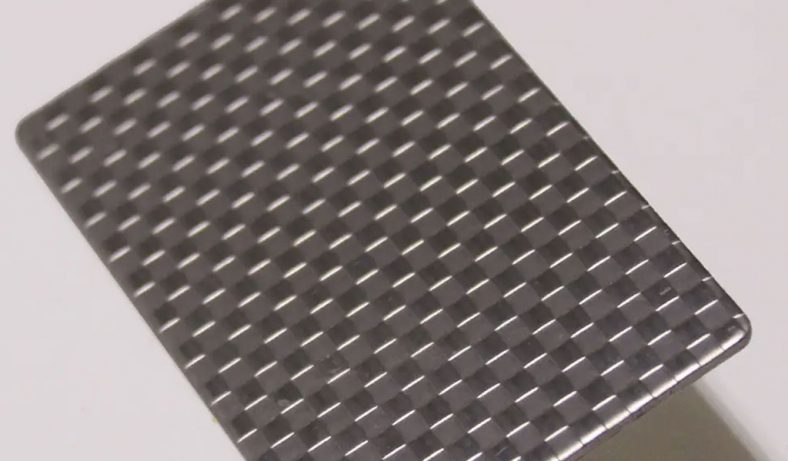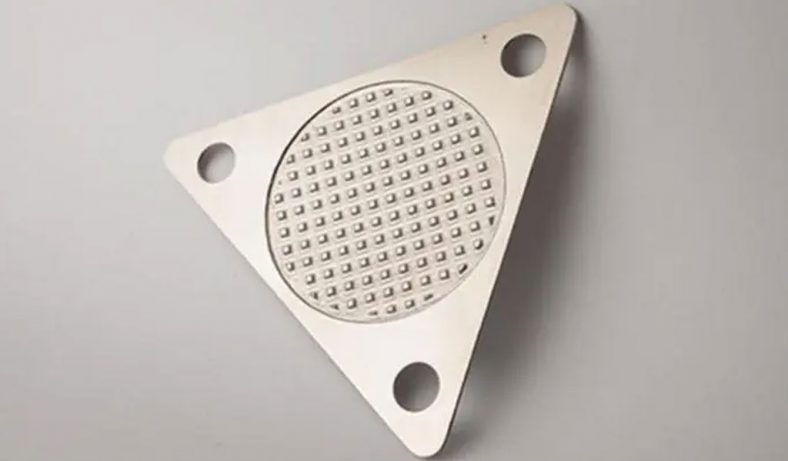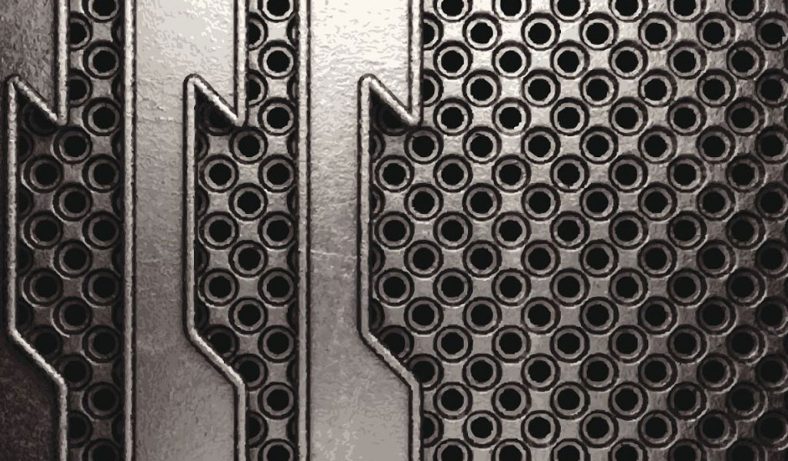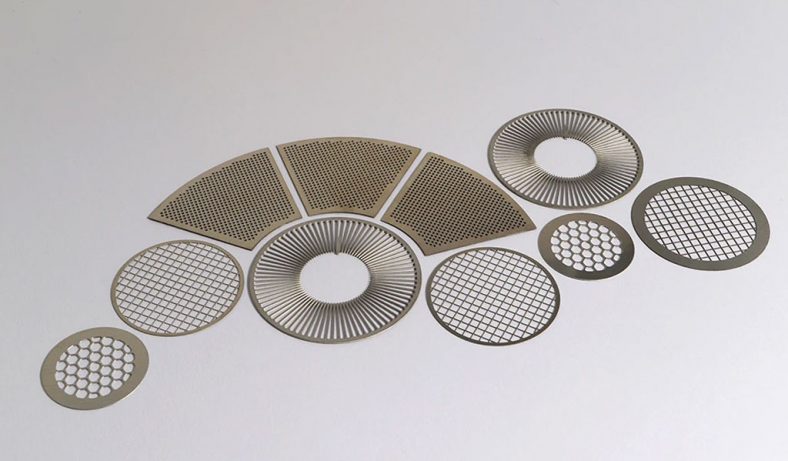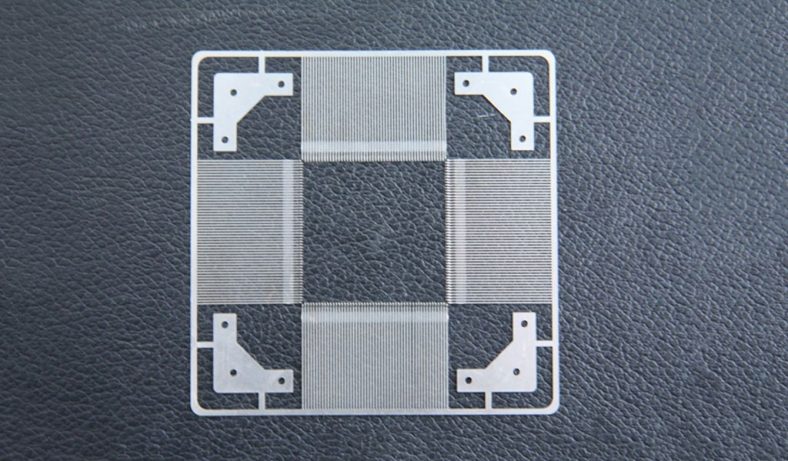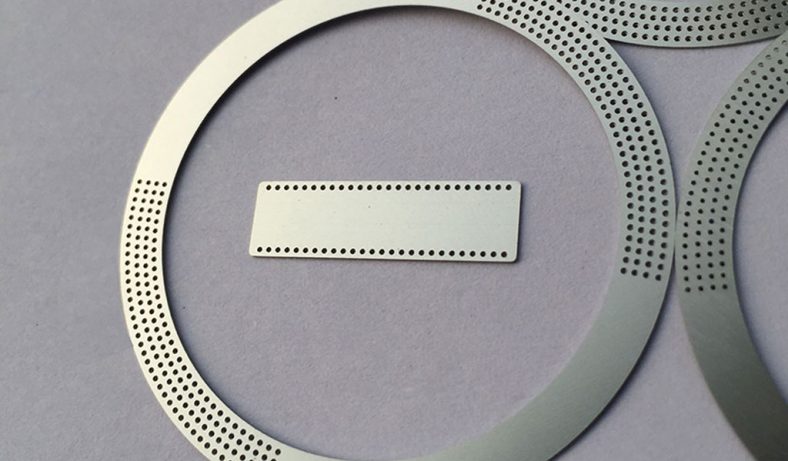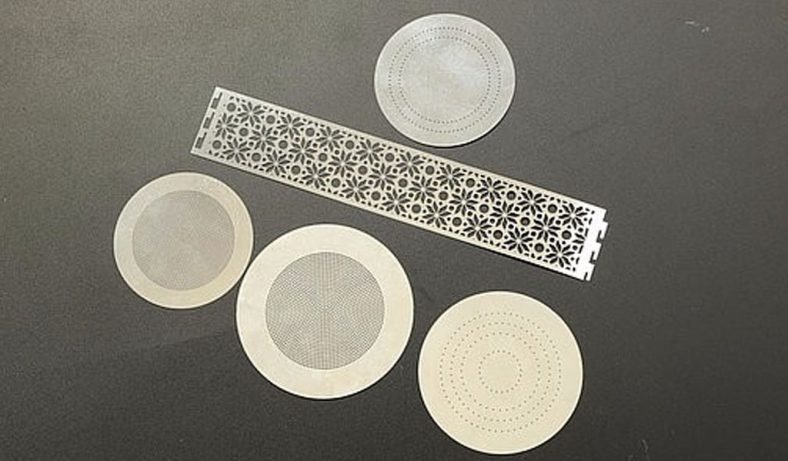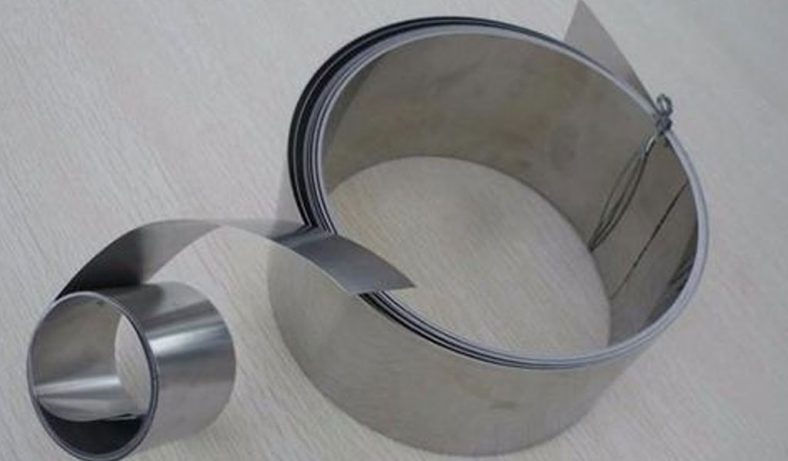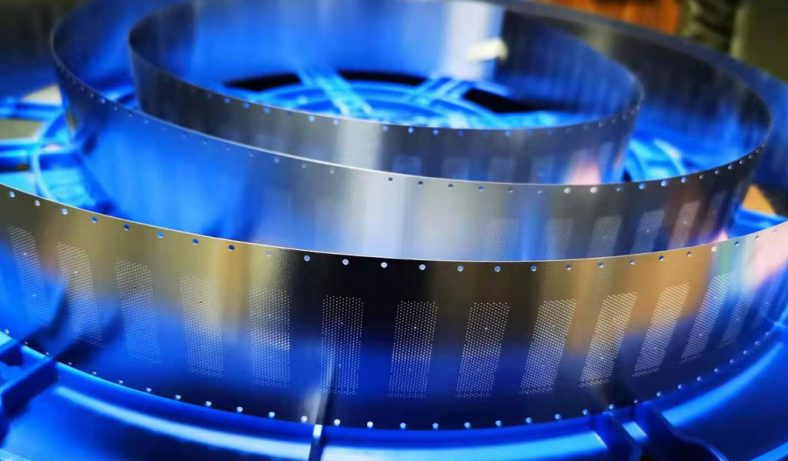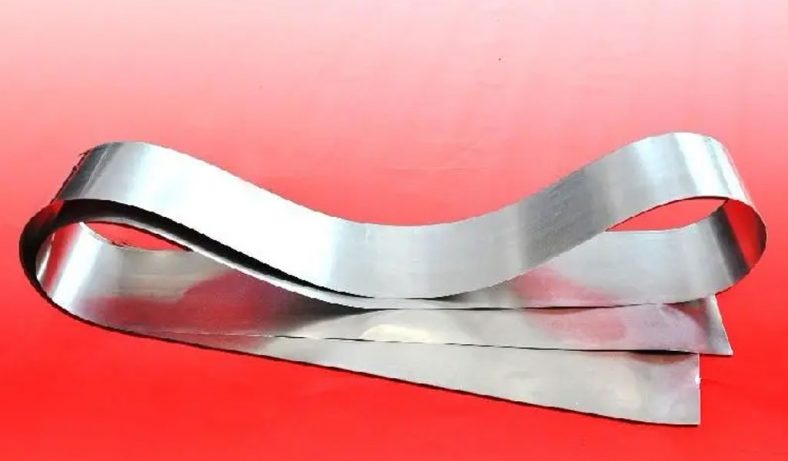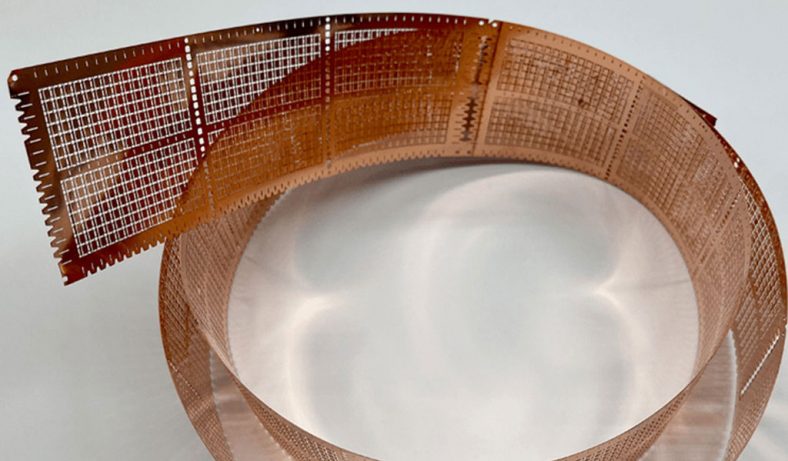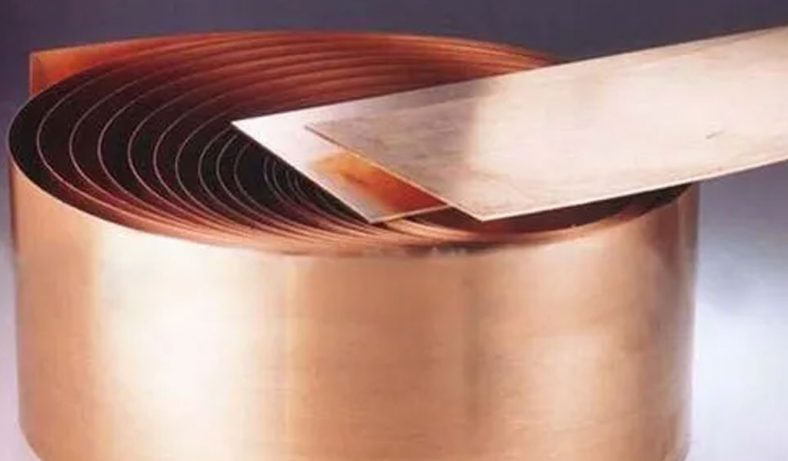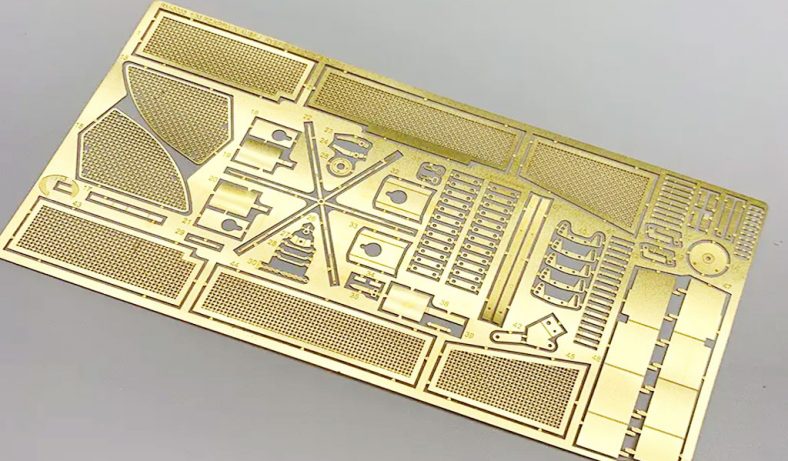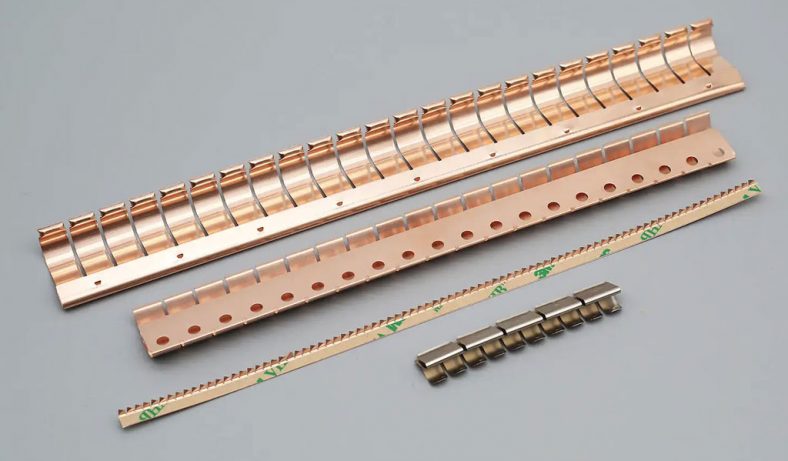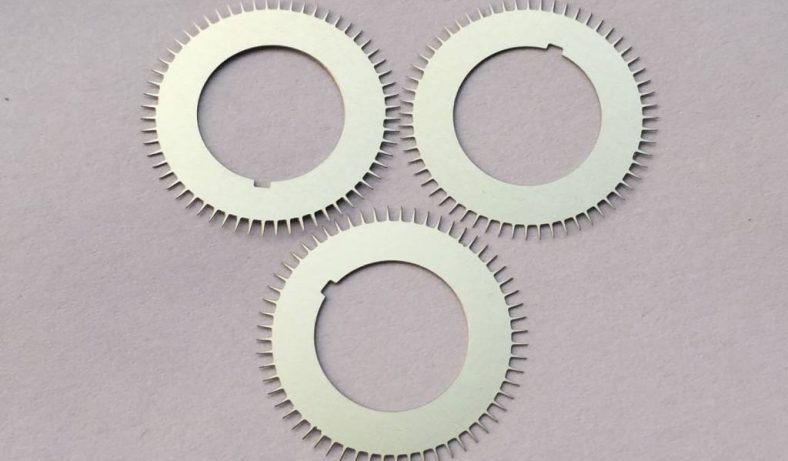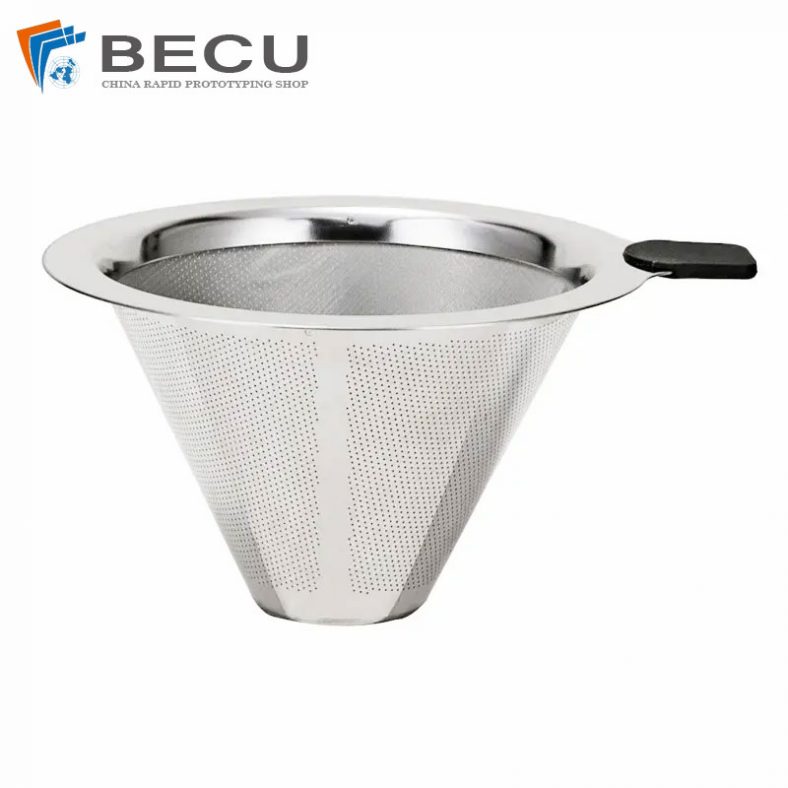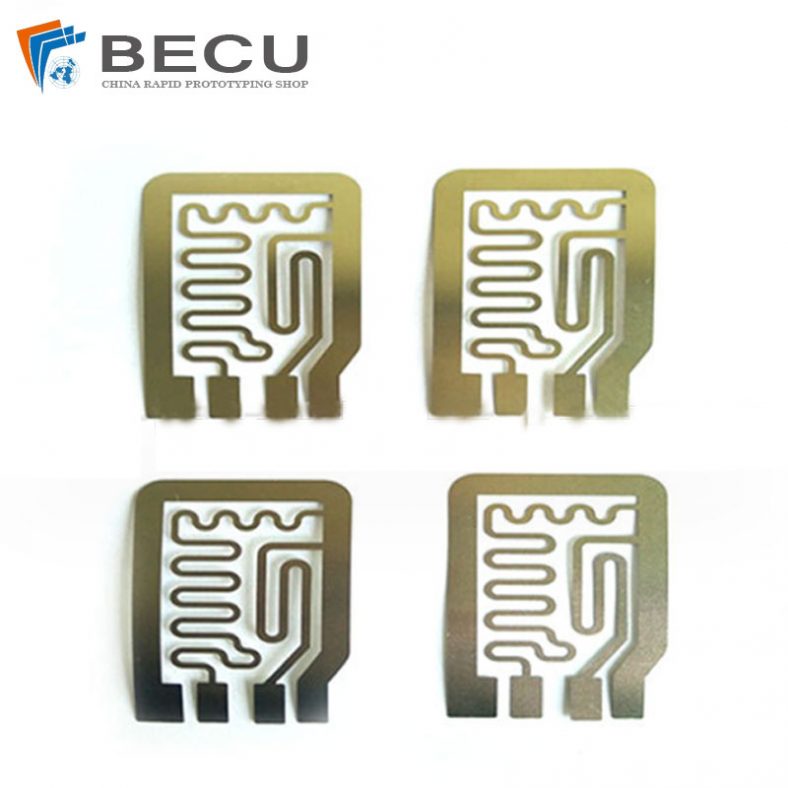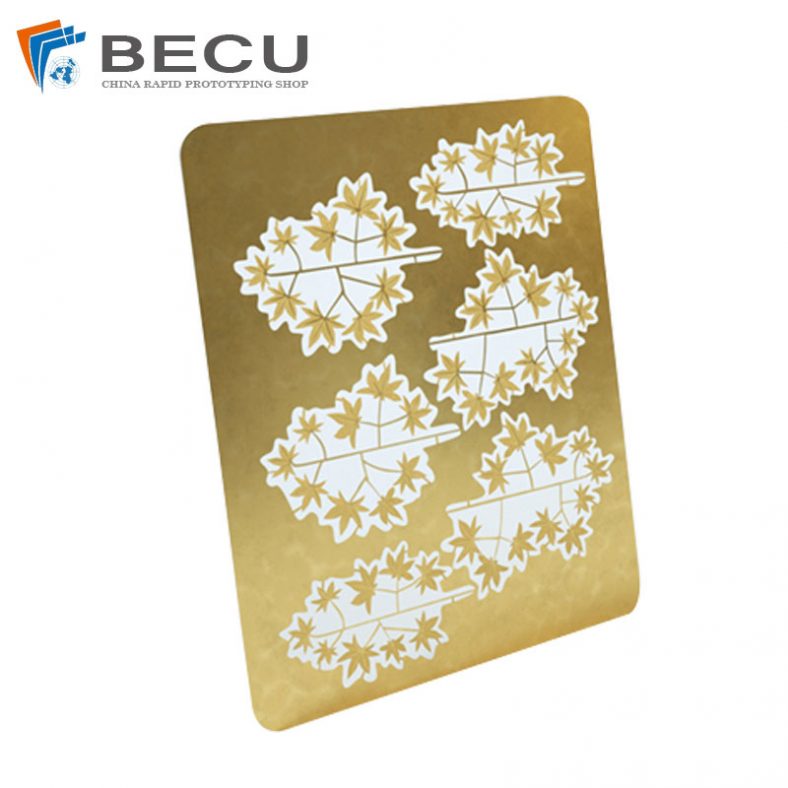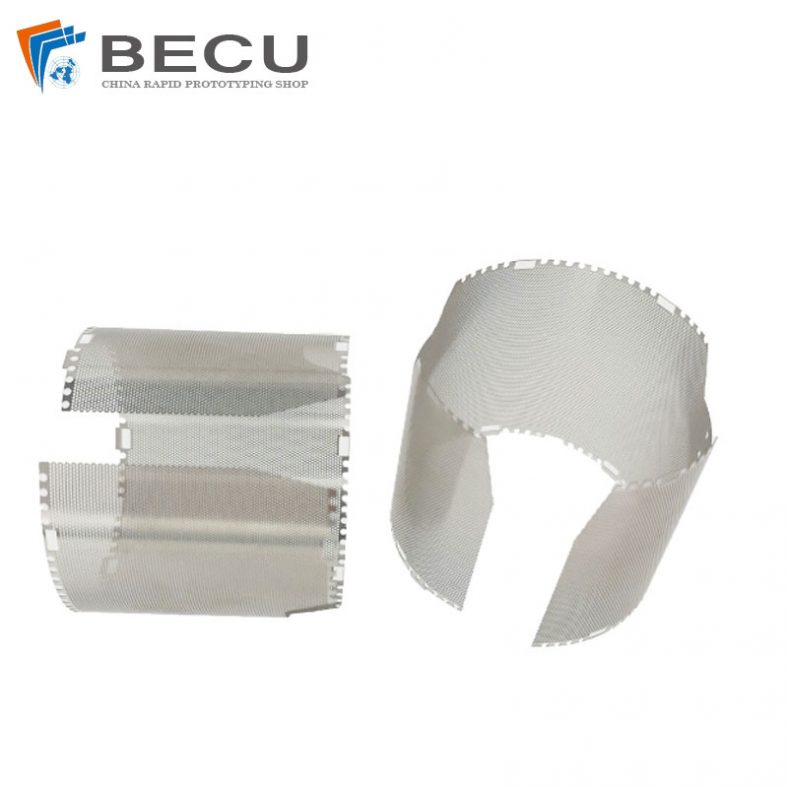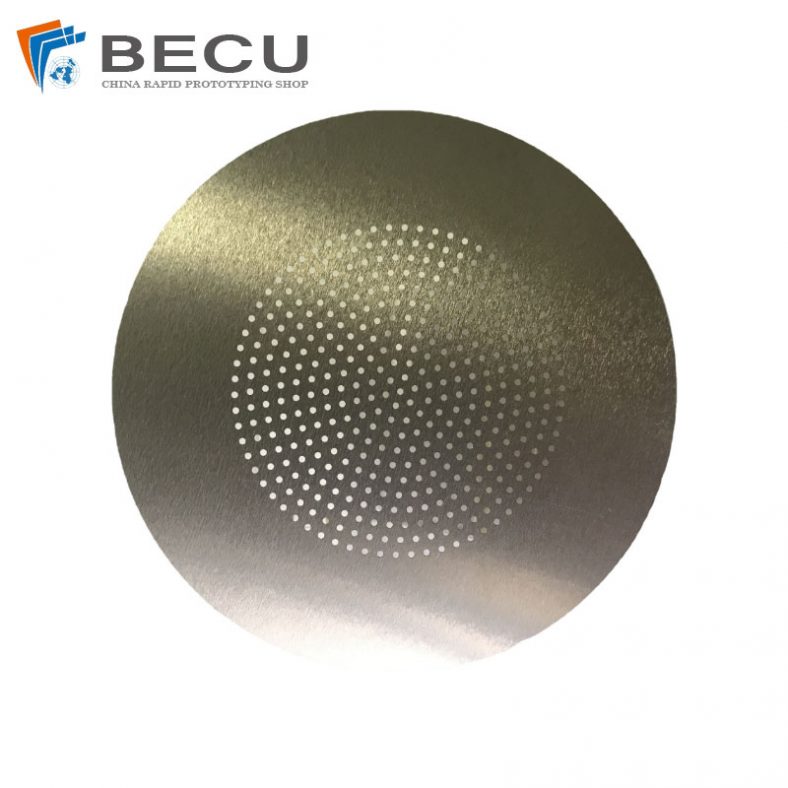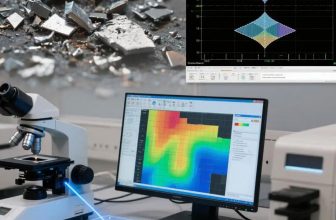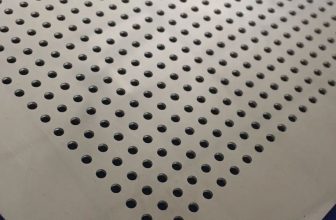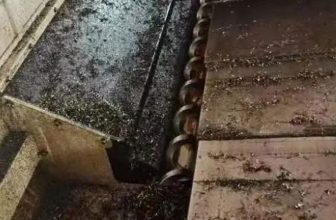Metal etching, a critical process in manufacturing industries such as electronics, aerospace, and energy, involves the selective removal of material from metal surfaces using chemical solutions. The solution circulation system, which manages the delivery, maintenance, and recycling of etching chemicals, plays a pivotal role in the efficiency and environmental impact of the etching process. As industries face increasing pressure to reduce energy consumption and greenhouse gas emissions, optimizing the energy efficiency of solution circulation systems has become a focal point for innovation. This article explores the principles, technologies, and strategies for designing energy-saving solution circulation systems in metal etching, with an emphasis on sustainability, cost-effectiveness, and technical advancements. Detailed comparisons of various systems and approaches are provided in accompanying tables to facilitate a comprehensive understanding of the subject.
The global push for sustainability, driven by initiatives such as the 2018 IPCC report aiming to limit global warming to 1.5°C by 2050, underscores the need for energy-efficient industrial processes. Metal etching, particularly photochemical and electrochemical etching, is energy-intensive due to the pumping, heating, cooling, and filtration requirements of solution circulation systems. By integrating circular economy principles, advanced automation, and optimized fluid dynamics, modern designs aim to minimize energy use while maintaining precision and throughput. This article delves into the technical aspects of these systems, examines case studies, and compares traditional and innovative approaches through data-driven tables.
Fundamentals of Solution Circulation Systems in Metal Etching
Overview of Metal Etching Processes
Metal etching encompasses various techniques, including photochemical etching (PCE), electrochemical etching, and plasma etching, each requiring a solution circulation system to deliver etchants, remove byproducts, and maintain process stability. Photochemical etching, for instance, uses a photoresist mask and chemical etchants like ferric chloride to selectively dissolve metal, producing precision components for industries such as renewable energy and medical devices. Electrochemical etching employs an electrolyte solution and electric current to remove material, often used for small-scale or decorative applications. Plasma etching, while less reliant on liquid solutions, may still involve fluid systems for cooling or gas delivery.
The solution circulation system ensures a consistent supply of fresh etchant, removes spent solution and debris, and maintains optimal temperature and chemical composition. These systems typically include pumps, filters, heat exchangers, and storage tanks, all of which consume energy. The energy demand arises from pumping fluids against resistance, heating or cooling solutions to maintain reaction rates, and powering control systems for automation and monitoring.
Role of Solution Circulation Systems
The solution circulation system is the backbone of the etching process, ensuring that the etchant reaches the metal surface uniformly and efficiently. Key functions include:
- Etchant Delivery: Transporting the chemical solution to the etching chamber or spray nozzles.
- Temperature Control: Maintaining the etchant at a precise temperature to optimize reaction kinetics.
- Filtration and Recycling: Removing metal particles, sludge, and other byproducts to prevent contamination and maintain etchant efficacy.
- Flow Regulation: Ensuring uniform flow rates to avoid over-etching or under-etching, which can compromise component quality.
Each of these functions requires energy, making the design of the circulation system a critical factor in the overall energy footprint of the etching process. Traditional systems often rely on oversized pumps and inefficient heat exchangers, leading to significant energy waste. Modern designs focus on minimizing these inefficiencies through advanced engineering and control strategies.
Energy Consumption in Traditional Systems
Traditional solution circulation systems are characterized by high energy consumption due to several factors:
- Oversized Equipment: Pumps and heat exchangers are often designed for maximum capacity, leading to energy waste during partial-load operation.
- Constant Flow Rates: Fixed-speed pumps operate continuously, regardless of process demand, consuming unnecessary power.
- Inefficient Heat Management: Lack of precise temperature control results in excessive heating or cooling, increasing energy use.
- Limited Recycling: Inadequate filtration and recycling systems lead to frequent etchant replacement, increasing chemical and energy costs.
Studies indicate that industrial processes, including metal etching, account for nearly 40% of global energy consumption and contribute significantly to greenhouse gas emissions. Optimizing solution circulation systems can reduce energy use by up to 30%, as demonstrated in various industrial audits.
Principles of Energy-Saving Design
Energy Cascade and Material Circulation
The concept of energy cascade, where energy is transferred from high-potential to low-potential uses, is a cornerstone of energy-saving design. In solution circulation systems, energy cascade involves recovering waste heat from etching reactions and using it for preheating incoming solutions or powering auxiliary processes. Material circulation, aligned with circular economy principles, focuses on recycling etchants and minimizing waste. By integrating these concepts, systems can achieve significant energy savings while reducing environmental impact.
For example, the energy cascade balance table, as described in advanced energy system models, maps the flow of heat and materials across different temperature levels and process stages. This approach can yield energy savings of up to 25% by optimizing heat utilization and minimizing fuel consumption.
Fluid Dynamics Optimization
Efficient fluid dynamics is critical for reducing energy consumption in solution circulation systems. Key strategies include:
- Pipe and Duct Design: Using circular ducts with larger diameters reduces pressure losses, lowering the power required for pumping. A 10% increase in duct diameter can reduce power consumption by up to 72%.
- Variable Flow Control: Implementing variable-speed pumps adjusts flow rates to match process demand, avoiding energy waste during low-demand periods.
- Nozzle Optimization: High-efficiency spray nozzles ensure uniform etchant distribution, reducing the need for excessive flow rates.
Computational fluid dynamics (CFD) modeling is often used to simulate and optimize flow patterns, minimizing turbulence and energy losses. These models help identify bottlenecks and design systems with minimal pressure drops.
Advanced Pumping Technologies
Pumps are the primary energy consumers in solution circulation systems. Traditional fixed-speed centrifugal pumps operate at constant power, regardless of demand, leading to inefficiencies. Modern designs incorporate:
- Variable Frequency Drives (VFDs): VFDs adjust pump motor speed based on real-time demand, reducing energy use by 20–50% compared to fixed-speed pumps.
- Magnetic Drive Pumps: These pumps eliminate mechanical seals, reducing friction losses and maintenance energy costs.
- High-Efficiency Motors: Motors with higher efficiency ratings (e.g., IE3 or IE4 standards) reduce electrical consumption while maintaining performance.
For example, in steel mills, variable-speed cooling fan motors have been shown to conserve energy by adjusting airflow proportionally to the load, maintaining constant temperature rises with minimal power.
Heat Recovery and Thermal Management
Etching processes often generate waste heat due to exothermic chemical reactions. Recovering this heat can significantly reduce energy consumption. Strategies include:
- Heat Exchangers: Plate or shell-and-tube heat exchangers transfer waste heat from spent etchant to incoming fresh solution, reducing heating requirements.
- Regenerative Systems: Regenerative heat exchangers store and reuse heat, improving overall thermal efficiency.
- Insulation: Insulating pipes and tanks minimizes heat loss, maintaining etchant temperature with less energy input.
A case study in Japan demonstrated that integrating energy cascade systems with heat recovery reduced energy consumption by 25% in industrial districts.
Automation and Control Systems
Advanced automation and control systems enhance energy efficiency by optimizing process parameters in real time. Key technologies include:
- Programmable Logic Controllers (PLCs): PLCs monitor and adjust flow rates, temperatures, and chemical concentrations, ensuring optimal operation.
- Sensors and IoT Integration: Real-time sensors for temperature, pressure, and chemical composition enable precise control, reducing energy waste.
- Predictive Maintenance: Machine learning algorithms predict equipment failures, minimizing downtime and energy-intensive restarts.
These systems can achieve energy savings of up to 30% by optimizing ventilation and flow control, as seen in audited installations.
Technologies for Energy-Saving Solution Circulation Systems
Photochemical Etching Systems
Photochemical etching (PCE) is widely used for producing precision metal components, such as fuel cell plates and electronic circuits. The solution circulation system in PCE involves spraying ferric chloride or other etchants onto a metal sheet coated with a photoresist mask. Energy-saving technologies for PCE include:
- Conveyorized Etching Systems: These systems use oscillating spray nozzles to deliver etchant uniformly, reducing the need for high-pressure pumps. The speed of the conveyor and the concentration of the etchant are optimized to minimize energy use while achieving desired etch rates.
- Closed-Loop Recycling: Advanced filtration systems remove metal particles and sludge, allowing the etchant to be reused multiple times. This reduces the energy required for chemical production and disposal.
- Low-Energy Photoresist Removal: Chemical strippers or plasma-based methods remove photoresist with minimal energy input, preserving the etched pattern’s integrity.
Electrochemical Etching Systems
Electrochemical etching uses an electrolyte solution and electric current to remove material. Energy-saving designs focus on:
- Optimized Electrolyte Flow: Variable-speed pumps and low-resistance flow paths reduce the energy required to circulate the electrolyte.
- Low-Voltage Systems: Reducing the voltage applied during etching minimizes electrical consumption while maintaining etch quality.
- Electrolyte Recycling: Filtration and chemical regeneration systems extend the lifespan of the electrolyte, reducing energy-intensive replenishment.
Electrochemical etching is often used for small-scale applications, such as marking or decorative etching, where energy efficiency is critical for cost-effectiveness.
Plasma Etching Integration
While plasma etching primarily uses gas-phase reactions, solution circulation systems are sometimes employed for cooling or precursor delivery. Energy-saving strategies include:
- High-Efficiency Cooling Systems: Variable-speed chillers adjust cooling capacity to match heat loads, reducing energy consumption.
- Gas Recycling: Systems that capture and reuse precursor gases minimize energy-intensive gas production.
- Hybrid Systems: Combining plasma and chemical etching in a single process can reduce overall energy use by leveraging the strengths of both techniques.
Circular Economy in Solution Circulation Systems
Principles of Circular Economy
The circular economy model emphasizes resource efficiency, waste reduction, and material reuse, contrasting with the linear “take-make-dispose” model. In metal etching, circular economy principles are applied through:
- Etchant Recycling: Filtering and regenerating etchants reduces the need for virgin chemicals, lowering energy costs associated with production and disposal.
- Metal Recovery: Extracting dissolved metals from spent etchant allows them to be reused in other processes, reducing mining-related energy consumption.
- Modular Design: Designing systems with modular components facilitates upgrades and repairs, extending equipment lifespan and reducing embodied energy.
For example, recycling steel conserves up to 74% of the energy needed for primary production, while aluminum recycling uses only 5% of the energy required for new aluminum. These principles can be extended to etchant solutions, where recycling reduces environmental impact and operational costs.
Implementation in Metal Etching
Implementing circular economy principles in solution circulation systems involves:
- Advanced Filtration: Membrane filtration and centrifugation remove contaminants, allowing etchants to be reused multiple times.
- Chemical Regeneration: Electrochemical or chemical processes restore the etchant’s reactivity, reducing the need for fresh chemicals.
- Waste Heat Recovery: Using waste heat from etching reactions to preheat solutions or power auxiliary systems aligns with circular economy goals.
A study on building circularity demonstrated that recycling materials in construction reduced energy consumption by 78%, suggesting similar potential in metal etching.
Case Studies
- Fluence Energy Storage: Fluence has integrated circular economy principles into battery energy storage systems, using modular designs and recycling to extend product lifespan. Similar strategies can be applied to etching systems, where modular pumps and filters reduce energy use and waste.
- National Material Company: This company employs carbon footprint calculators and scrap metal reuse strategies to enhance sustainability in metal processing. Applying these tools to etching systems can quantify energy savings and optimize resource use.
Comparative Analysis of Energy-Saving Technologies
Table 1: Comparison of Pumping Technologies
| Technology | Energy Savings (%) | Advantages | Disadvantages | Applications |
|---|---|---|---|---|
| Fixed-Speed Centrifugal Pump | 0–10 | Simple design, low initial cost | High energy consumption, inefficient at partial loads | Traditional etching systems |
| Variable Frequency Drive (VFD) Pump | 20–50 | Adjusts speed to demand, high efficiency | Higher initial cost, requires control systems | Modern PCE and electrochemical systems |
| Magnetic Drive Pump | 15–30 | No mechanical seals, reduced friction losses | Limited to specific fluids, higher maintenance complexity | Precision etching applications |
| High-Efficiency Motor Pump | 10–20 | Improved electrical efficiency, reliable performance | Higher cost than standard motors | General industrial etching |
Note: Energy savings are estimated based on industry studies and may vary depending on system design and operating conditions.
Table 2: Comparison of Heat Recovery Systems
| System Type | Energy Savings (%) | Advantages | Disadvantages | Applications |
|---|---|---|---|---|
| Plate Heat Exchanger | 15–25 | High efficiency, compact design | Potential fouling, requires regular maintenance | PCE and electrochemical etching |
| Shell-and-Tube Heat Exchanger | 10–20 | Robust, suitable for high-pressure systems | Larger footprint, lower efficiency than plate exchangers | Large-scale etching systems |
| Regenerative Heat Exchanger | 20–30 | Stores and reuses heat, high efficiency | Complex design, higher initial cost | Advanced energy-saving systems |
| Insulated Piping | 5–15 | Reduces heat loss, low cost | Limited impact on overall system efficiency | All etching systems |
Note: Energy savings depend on the specific heat recovery strategy and process conditions.
Table 3: Comparison of Etchant Recycling Technologies
| Technology | Energy Savings (%) | Advantages | Disadvantages | Applications |
|---|---|---|---|---|
| Membrane Filtration | 10–20 | High contaminant removal, reusable etchant | High initial cost, membrane clogging | PCE and electrochemical etching |
| Centrifugation | 15–25 | Effective for heavy particles, fast processing | High energy use for operation, maintenance complexity | Large-scale etching systems |
| Chemical Regeneration | 20–30 | Restores etchant reactivity, reduces chemical costs | Requires precise control, chemical handling risks | Precision etching applications |
| Electrochemical Regeneration | 15–25 | Environmentally friendly, high efficiency | Complex setup, limited to specific etchants | Advanced etching systems |
Note: Energy savings are based on reduced chemical production and disposal needs.
Challenges and Future Directions
Technical Challenges
- System Integration: Combining energy-saving technologies, such as VFD pumps and heat exchangers, requires sophisticated control systems to ensure compatibility and efficiency.
- Material Compatibility: Etchants like ferric chloride are corrosive, necessitating energy-intensive materials like titanium or high-grade stainless steel for system components.
- Scalability: Energy-saving designs optimized for small-scale etching may not translate effectively to large-scale industrial applications.
Economic Considerations
While energy-saving technologies reduce operational costs, their high initial investment can be a barrier for small and medium enterprises. Government incentives and carbon pricing schemes can help offset these costs, as seen in initiatives like the European Green Deal.
Future Innovations
- AI-Driven Optimization: Machine learning algorithms can predict optimal flow rates, temperatures, and chemical compositions, further reducing energy use.
- Green Etchants: Developing less energy-intensive etchants, such as water-based solutions, could reduce the environmental footprint of etching processes.
- Hybrid Systems: Integrating photochemical, electrochemical, and plasma etching in a single system could leverage the energy efficiency of each method.
Conclusion
The energy-saving design of solution circulation systems in metal etching is a critical area for advancing industrial sustainability. By integrating principles of energy cascade, circular economy, and advanced automation, modern systems can achieve significant reductions in energy consumption while maintaining precision and productivity. Technologies such as variable-speed pumps, heat recovery systems, and etchant recycling are transforming the industry, offering both environmental and economic benefits. The comparative tables provided highlight the advantages and trade-offs of various approaches, guiding engineers and manufacturers toward optimal solutions. As the global demand for sustainable manufacturing grows, continued innovation in solution circulation systems will play a pivotal role in reducing the energy footprint of metal etching and supporting the transition to a low-carbon future.

